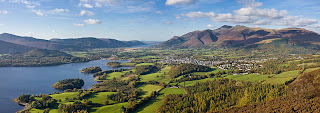Victoria here. As our previous posts have explained. Kristine and I have been gorging ourselves on tour books, maps, websites and playing with Pinterest (here) to plan a once-in-a-lifetime tour schedule for ourselves. And FOR YOU!! So look at the website, read the fine print, and SIGN UP!
With the help of Novel Explorations’ Patty Suchy, travel maven extraordinaire, we have put together an exciting — and do-able itinerary. We plan to spend lots of time at each site, with knowledgeable guides and browsing time, all designed to maximize our enjoyment.
I have to admit that I buy a lot of postcards. Not necessarily to send to anyone, but to be sure that my photo albums have perfect views of each spot we visit. Postcards have the advantage of being inexpensive and easy to carry.
One of my favorite purchases made at the Buckingham Palace Queen’s Gallery gift shop was a dozen carrier bags with the palace logo. Some of my friends still love to tell about the comments they get from people in the grocery stores who see them carrying out their Buckingham Palace bags filled with carrots, bread, and peanut butter. Seems some folks expect them to be filled with caviar and truffles.
With two exceptions, I have visited all of our destinations, at least once. And I can’t wait to go back. Who could ever get enough of Walmer Castle, its gardens and lovely view of the Channel from comfy chairs on the ramparts? And prepare to be dazzled — and amused — by the extremes of the Brighton Pavilion. It stands as a perfect representation of the excesses of the Prince Regent, later George IV.
One of the most interesting things I remember from my previous visit to Basildon Park is the story of its restoration. Major elements of the doors, windows and fireplace surrounds had been removed or damaged in the years it was given over to the war effort — and left derelict for a time. Though the house was over one hundred years old, fittings from demolished houses also designed by Carr of York, were perfectly adaptable, many fitting precisely. In this day of so little standardization (have you ever tried using an unfamiliar mobile phone?), such precision is unusual. But Carr did it in the mid 18th century.
Stratfield Saye, the country home of the 1st Duke of Wellington, greets you with a great statue.
And inside, in the Hall, are the tattered battle flags of the French regiments Wellington conquered at
Waterloo almost 200 years ago. The stables still house that huge funeral car that carried the body of Wellington to his final resting place in St. Paul’s Cathedral in 1852.
The two places I have not visited will be a real treat. Frogmore House in Windsor Park is rarely open. We will explore more about this “private hideaway” for the Royals in a future blog post. We are lucky to be allowed in! Like at Stratfield Saye, you can see how real people enjoyed their privacy and leisure in the comfortable rooms, quite a contrast to the Pavilion.
And of course, I am already salivating over the chance to see Highclere Castle, aka Downton Abbey. To me, the best part of that series are the settings and costumes. I love some of the actors, others not so much. And darn it, too many characters have died off. Plus, let’s face it, melodrama reigns. Anyone for soap opera???? But who can resist that great house — or castle or abbey?
.
_by_Thomas_Lawrence.jpg)

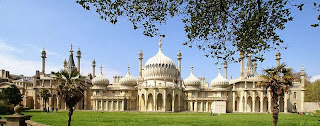




.jpg)



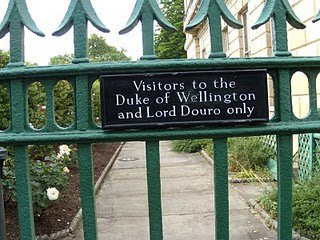


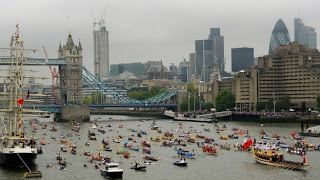

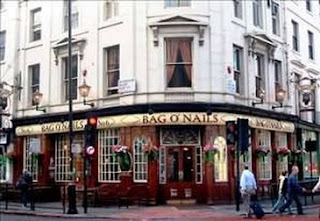
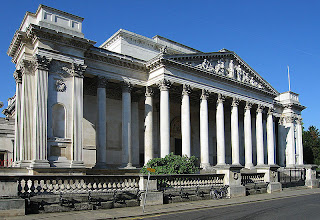
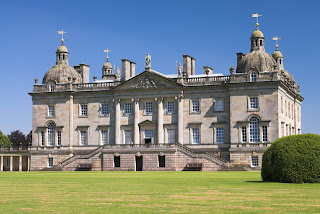
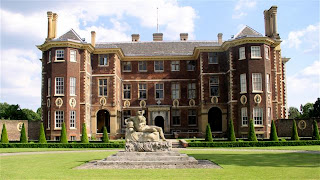






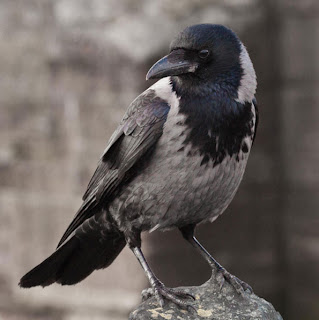

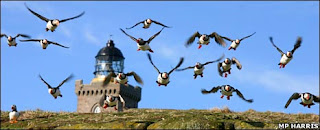
.guernseylily.jpg)



